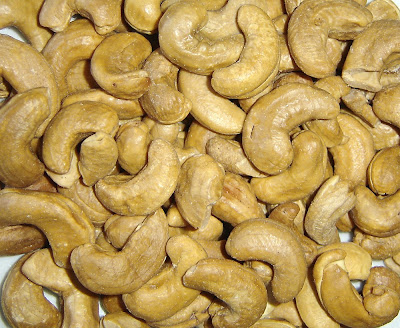46
Pharmacy / Honey as an antibiotic
« on: November 03, 2014, 10:29:36 AM »
Honey is one of the natural wonders of the world. From the nectar which bees harvest from flowers, they produce honey with miraculous food and medicinal values for human beings. Any other non-solid foods that are kept at room temperature for a few nights will go bad but honey can be stored for years. The soothing effect of honey coupled with its antibiotic quality make it suitable for treating wounds and burns. When put on a wound honey absorbs the impurities, kills germs and soothes the wound. Honey also improves appetite and digestion, and relievesconstipation. It can be used in treating coughs and colds. Other diseases and conditions treated with honey include anaemia, measles, diarrhoea and vomiting. It also contains small amounts of vitamins and minerals. In infants and small children, honey is used for treating nutritional deficiencies. Because of its soothing effects, honey calms infants.

Despite the ample medicinal values of honey, it is more frequently used as food than as medicine. It is a very good source of energy. Nearly the entire solid part of honey is made up of sugars that are utilised by the body to provide energy. The uniqueness of honey sugars is that most of them are ready to be taken up into the body once swallowed. Most other sugars first have to be digested before they can be absorbed and utilised in the body. Thus honey sugars, like glucose, provide a quick source of energy for exhausted people. The other substances that bees mould in the hive, such as beeswax and propolis, boost the medicinal and food value of honey. Beeswax contains plenty of vitamin A. Propolis is made up of vitamins, minerals and germ-killing substances. It contains an agent
that dwarfs tuberculosis germs and helps to relieve tuberculosis symptoms. It is one third as active as streptomycin, one of the antibiotics used for treating tuberculosis. Honey absorbs water and begins to ferment as soon as it gets into contact with water, thereby losing its value. It also losesvalue when heated, therefore honey should never be boiled
Despite the ample medicinal values of honey, it is more frequently used as food than as medicine. It is a very good source of energy. Nearly the entire solid part of honey is made up of sugars that are utilised by the body to provide energy. The uniqueness of honey sugars is that most of them are ready to be taken up into the body once swallowed. Most other sugars first have to be digested before they can be absorbed and utilised in the body. Thus honey sugars, like glucose, provide a quick source of energy for exhausted people. The other substances that bees mould in the hive, such as beeswax and propolis, boost the medicinal and food value of honey. Beeswax contains plenty of vitamin A. Propolis is made up of vitamins, minerals and germ-killing substances. It contains an agent
that dwarfs tuberculosis germs and helps to relieve tuberculosis symptoms. It is one third as active as streptomycin, one of the antibiotics used for treating tuberculosis. Honey absorbs water and begins to ferment as soon as it gets into contact with water, thereby losing its value. It also losesvalue when heated, therefore honey should never be boiled


.jpg)












